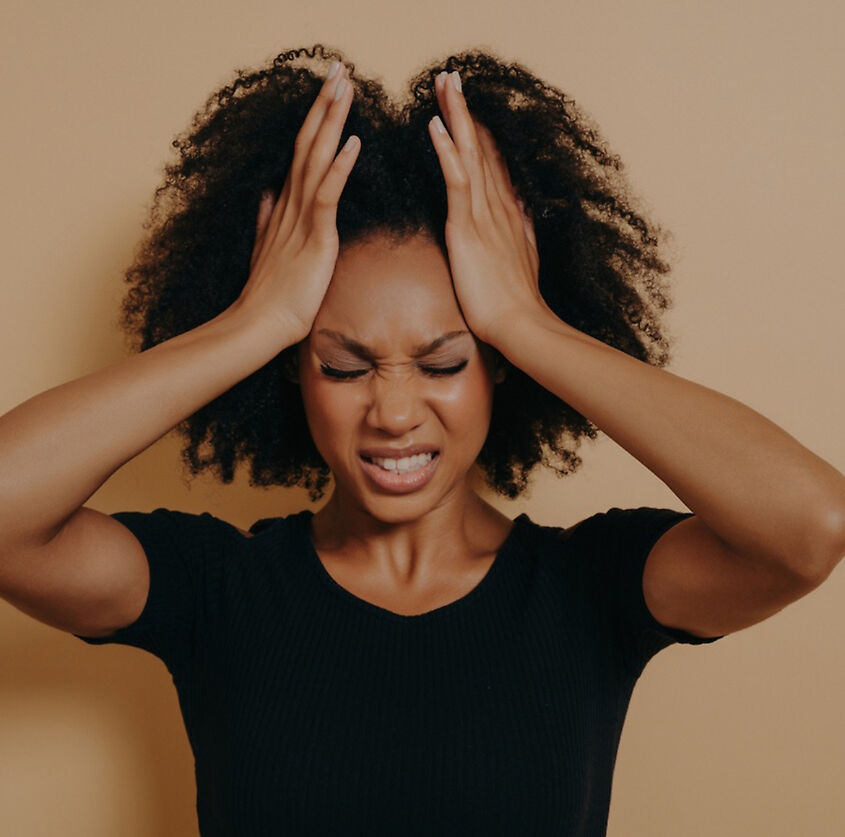 Photo Credit: Courtesy of Shutterstock
Photo Credit: Courtesy of Shutterstock
The holidays – the period that seems to begin earlier and earlier every year, and the fog lasts well into the winter doldrums in January. It’s a time that can bring just as much stress to our lives as it does joy. From navigating family relationships to juggling parties, dinners, and other festivities, along with travel considerations and the tricky cold-and-flu season, all these factors can elevate your stress levels and impact both your mental and physical well-being.
Unwrapping Stress
What is stress? It’s a typical human response initiated by the autonomic nervous system, reacting to stimuli in your environment, whether it’s physical or mental. Our stress response affects nearly every body system – cardiovascular, endocrine, respiratory, and digestive. There are two types of stress: positive and negative. Positive stress is the kind that helps us in daily life, from avoiding everyday dangers to keeping us alert before a big presentation. It’s the negative stress that most of us think of when we hear the word, “stress.”
Physically, negative stress can cause headaches, pain or tension in your muscles, fatigue, upset stomach, sleep disturbances, and even changes in bowel habits. It can also impact your skin and overall appearance.
Our body’s endocrine system releases adrenaline and “the stress hormone,” cortisol. In small amounts, as a response to a short-term trigger, cortisol does its job and moves along. However, in periods of prolonged stress (such as the ever-lengthening holiday season), cortisol continues to get released and starts to wreak havoc on your body with chain reactions that start with inflammation.
Inflammation: The Worst Gifter
Inflammation, especially chronic inflammation, can cause an impaired barrier function in the outermost layer of your skin. The epidermis is our body’s first line of defense against these pathogens. When it’s compromised, we’re more vulnerable to illness-causing viruses and bacteria. This is the last thing we want when spending a good chunk of the cold and flu season hugging friends and relatives, shaking hands at parties, and snuggling up close to our kiddos and partners on a cold winter night.
Within the intermediate layer of your skin, known as the dermis, this inflammation can hinder the healing of wounds and induce dehydration, resulting in a visibly “crêpey” appearance.
In the deepest layers of your skin, where subcutaneous fat is stored, long-term stress can impact the thickness or distribution of fat – leaving some areas looking hollow and gaunt instead of plump and youthful. In contrast, others experience a build-up of fat, like with the “double chin.”
If all of that isn’t troublesome enough, stress has a few other terrible gift ideas for your skin:
- Ramping up sebum production, causing clogged pores, blackheads, and breakouts.
- Eczema, psoriasis, and rosacea flare-ups, or even rashes and hives.
- Dry, itchy skin or, in especially vulnerable areas like your hands, cracking and bleeding.
- Reducing the production of collagen and elastin, or faster breakdown of these vital proteins.
 Photo Credit: Courtesy of Dr. Mara Weinstein Velez
Photo Credit: Courtesy of Dr. Mara Weinstein Velez
Stress-Proofing Strategies
So, what can we do to protect our skin from the ravages of stress?
- Start a skincare routine. Self-care is essential for stress reduction and this includes your skincare. Signs of stress on the skin can look like many things. Start simple by cleansing your face morning and night, and applying a moisturizer and sunscreen (in the morning). If you are acne-prone and noticing signs of breakouts, look for ingredients that will help with sebum production like salicylic acid, benzoyl peroxide, and oil-free moisturizer & makeup. If you are more dry, irritated, and sensitive, think about ramping up your hydration routine by layering products. Start with a lightweight hydrating serum containing hyaluronic acid and then apply a thicker lipid-based moisturizer on top to lock in the moisture! For specific skincare recommendations click here.
- Get your flu shot! Although this won’t prevent wrinkles or fine lines, it can help support your immune system when your skin barrier is compromised.
- Find stress reduction techniques that work for you. This could be anything from a long walk outside to a good book with a cup of tea, to engaging in journaling, yoga, meditation, or cheesy holiday movies. Find what brings you back to a grounded state and incorporate it into your routine. Just remember that hot baths, although relaxing, can be drying for the skin.
- Let us help you! Sometimes our skin needs a little boost and it can be a huge relief to get professional help from a Board-Certified Dermatologist. After a simple consultation, we can determine what skincare regimen and in-office procedures might be the best for you. Some of my favorite no-downtime brightening procedures for stressed-out skin include the Clear+Brilliant Laser, Chemical Peels, and our Sofwave™ ultrasound skin-tightening device.
To schedule a consultation with Dr. Mara Weinstein call (585) 275-7546 x3.
For more information, visit Dr. Brian A. Levine's social media:

























